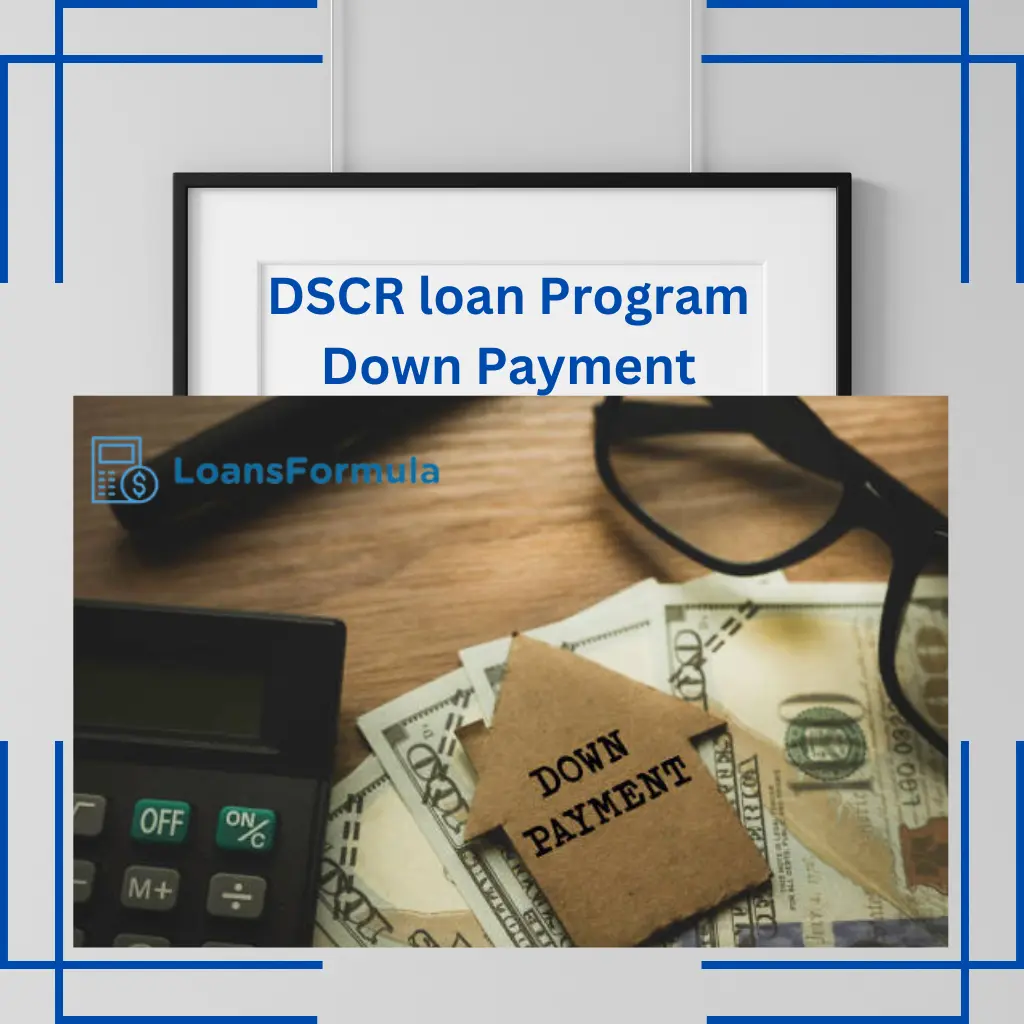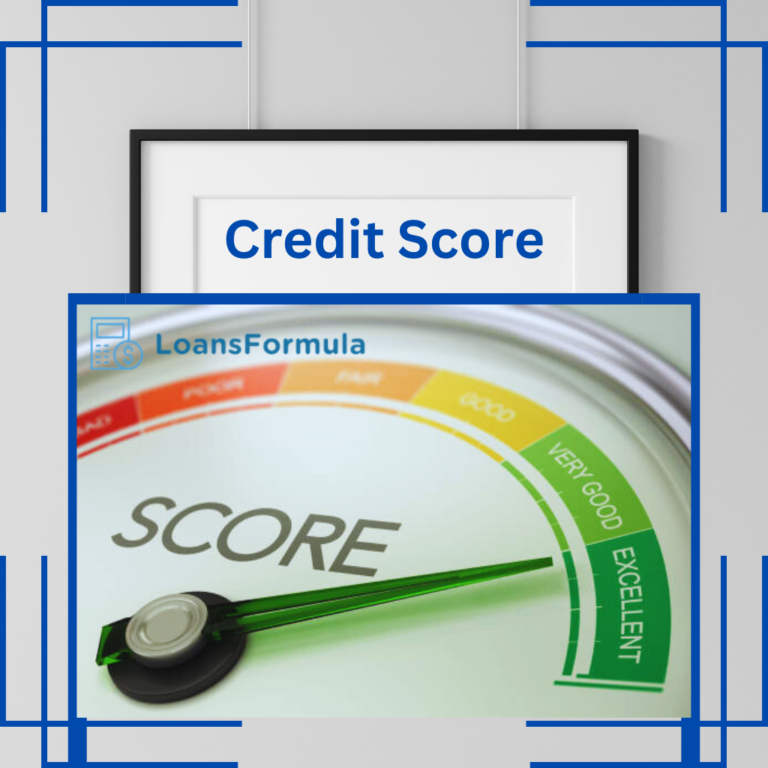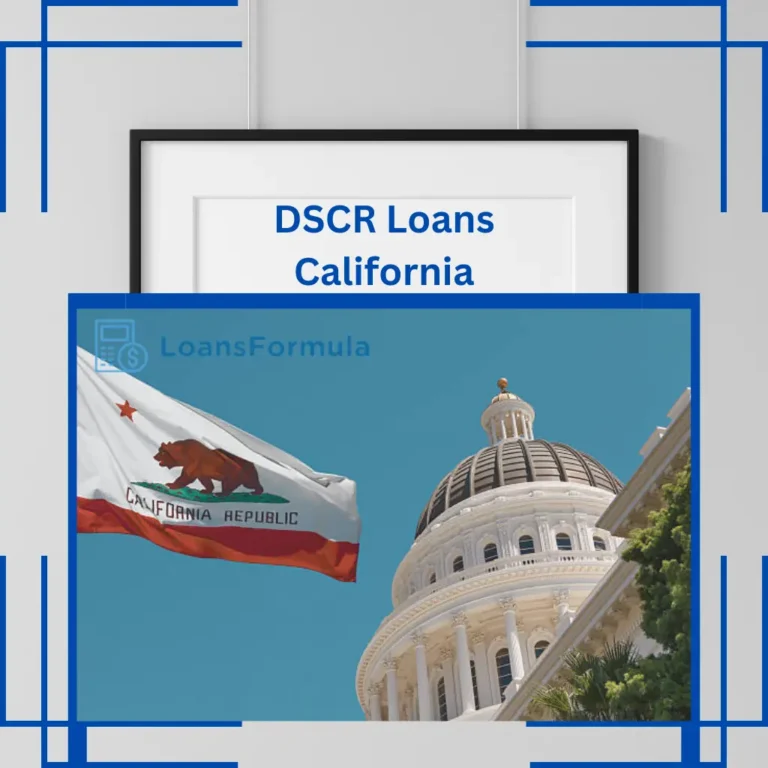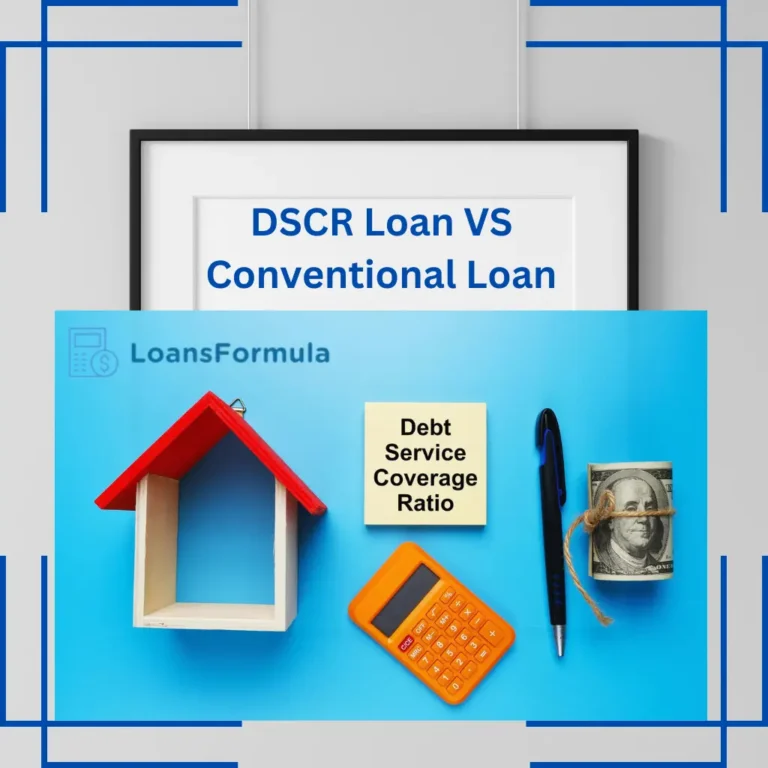DSCR loan program down payment everything you need to know about
Is a DSCR loan something you’d consider for your company? One of the requirements for applying is a down payment. You may make a better decision about DSCR loans if you know what to expect and how DSCR loan program down payment is determined.
Most DSCR loan providers demand borrowers to put down a sizable initial payment. The applicant’s share of the monthly payment, expressed as a percentage of the total loan amount, must come from the applicant’s own funds.
This article will explain the several types of DSCR loan down payment assistance programs, who is eligible for them, and how to apply for one. We’ll also take a look at the programs’ eligibility restrictions and discuss the advantages they provide to borrowers.
What is the Debt Service Coverage Ratio (DSCR)?
The debt service coverage ratio (DSCR) calculates the cash flow available for debt servicing. Companies are the most common type of corporate finance entity. They are valuable sources of revenue for commercial and multifamily buildings.
The debt service charge rate (DSCR) assesses an institution’s capacity to service or repay its annual debt. A higher debt service coverage ratio (DSCR) improves the net operating income from repayment.
The DSCR ratio determines whether or not a property can produce enough cash flow to pay for mortgage payments.
Overview of DSCR Loan Program Down Payment Requirements
The down payment on a debt service coverage ratio loan is based on numerous variables, including the DSCR and the company’s net operating income. Conditions are typically between twenty percent and twenty-five percent of the loan amount.
The requirements for DSCR loans are relative to a number of variables, such as the amount of the loan, the size of the down payment, and the credit score of the applicant, among others. Therefore, the loan-to-value ratio and the potential mortgage payment must be taken into account when determining the down payment amount for a DSCR loan program.
DSCR Down Payment Options for Eligible Borrowers
The down payment on a DSCR loan is based on the DSCR formula in the loan agreement and is often between 20% and 25%. There are no down-payment aid programs or other options available, unlike with other loan products.
Conventional mortgages, which are the most common type, have the most options for down payment aid programs. There is no down payment assistance offered through the DSCR loan program because it is an investor loan.
Normal DSCR Loan Down Payment Percentage Requirements
The minimum DSCR loan down payment % varies by lender, loan type, and borrower’s financial status. Nonetheless, below are a few key reminders about the DSCR loan payment percentage criteria.
- Mortgage providers typically demand a down payment equal to 20%–25% of the home’s purchasing price.
- Borrowers may also have to put down more money if their debt service coverage ratio (DSCR) is low. A borrower with a DSCR of 1.25, for instance, could be required to put down 20% or more on the DSCR loan just to get approved.
In the end, the lender’s and borrower’s financial situations will determine the required down payment amount. As a result, DSCR loan applicants must be familiar with the down payment specifications of purchase loans.
How Lenders Calculate DSCR Loan Program Down Payment
Lenders often calculate the amount of the down payment based on the borrower’s DSCR, rental revenue, net operating income (NOI), and credit score.
The debt service coverage ratio (DSCR) is a key metric for lenders to consider when deciding whether or not to extend credit to a potential borrower.
Looking at elements like anticipated rental revenue and NOI can help lenders get a sense of the cash flow the property generates and the borrower’s capacity to make a down payment.
Lenders also take into account the borrower’s income when determining the required down payment amount. Lenders will eventually use this data to figure out what percentage of the loan principal should come from the down payment and what percentage can be covered by alternative financing methods.
The following calculation can be used to determine the amount of a down payment necessary for a DSCR loan:
Down Payment = Purchase Price – Loan Amount
The DSCR loan down payment is required in a case where the purchase price of the property is $700,000 and the loan amount is $600,000.
$100,000 is the down payment ($700,000 minus $600,000).
In this situation, a down payment of $100,000 would be required to obtain the loan.
A DSCR loan may require a down payment of more than 20%; however, this will vary from borrower to borrower. Therefore, it is important to compare the rates offered by various DSCR lenders before making a final decision.
If you want to discover the exact requirements, you should contact your lender.
Find the Best DSCR Loan Down Payment Option by Comparing
Find out what your down payment choices are for a DSCR loan by doing some digging. Researching is vital because not all lenders have the same rates or policies for their products and services.
The “made sense” down payment requirement that a lender can accept is constrained by the national guidelines for conventional Fannie / Freddie Mac loans.
As a result, you should be ready to find that DSCR loan providers have varying minimum down payment requirements.
The Benefits of a DSCR Down Payment
Borrowers can improve their DSCR loan terms by making a down payment. Borrowers can benefit in a number of ways, including lower monthly payments and increased equity in their homes. Lenders are more likely to give loans with higher down payments since the LTV/DSCR ratio is lower and the risk of default is lower.
Three primary advantages of DSCR loan down payments are discussed below.
Less Monthly Charges
Making a down payment on a DSCR loan can help reduce monthly payments by lowering the total loan amount needed. As a result, with a smaller loan, borrowers’ total debt would fall, and their monthly payments may even go down.
Reduced Risk of Default
Borrowers’ chances of defaulting on their loans decreases as the amount they put down increases. This makes the loan more attractive to lenders because there is less of a risk involved.
Increased Equity
Justify the Rise in Equity The borrower’s equity in the home can grow if they make a sizable down payment. Equity is the cash value of a property minus any outstanding debt.
The likelihood of future loan approval rises as the borrower’s equity rises due to a higher down payment.
A Larger Down Payment Increases Your Chances of Loan Approval
Lenders are more likely to approve loans with a substantial down payment. The reason for this is that when a borrower makes a larger down payment, it shows that they are financially responsible and will be able to make their loan payments on time.
Loan approval and the risk of default are both improved by a lower loan-to-value (LTV) ratio.
Discounts in Monthly Payments for Larger Down Payments
Finally, it’s possible to get a better interest rate by making a greater first down payment. The reason for this is that, once again, lenders consider borrowers who put down more money to be less of a danger and hence offer them better interest rates.
Finally, qualified borrowers can get help with their down payment through the DSCR loan program. Borrowers can better prepare for the loan process and boost their chances of approval by understanding how lenders calculate the down payment and the benefits of making a down payment on DSCR loans.
In a nutshell, DSCR loans give borrowers the option of obtaining money for a home’s down payment. A down payment can lower your monthly payments, enhance your equity, lower your risk of default, and improve your chances of getting a loan.
Alternatives for the DSCR Loan Down Payment
Traditional Loans
Homebuyers who don’t qualify for DSCR loans may choose to consider traditional financing options, such as conventional mortgages. Borrowers without a sizable emergency fund can qualify for this sort of financing due to the typically lower monthly payments required compared to DSCR loans. However, there may be more stringent requirements for certain choices, so make sure you meet them. Furthermore, DSCR serves real estate investors, while traditional mortgages are typically used for the purchase of a primary residence.
Seller Financing
Seller financing can be an option if you can’t come up with the DSCR loan down payment. In this arrangement, the home’s seller provides some or all of the financing. This may allow the borrower to avoid making any deposit at all. However, seller financing may have higher interest rates and shorter repayment periods than traditional loans, which could necessitate a higher purchase price to compensate for financing.
Other Financing Options
Borrowers who don’t have enough cash on hand for a down payment on a DSCR loan should explore other financing options, such as leasing.
Finally, while deciding which alternative will be the best down payment for a DSCR loan, it is crucial to weigh the benefits and drawbacks of each. The assistance of knowledgeable lenders or financial consultants can be invaluable when deciding which path best serves your requirements and goals.
Conclusion
In conclusion, the down payment on a DSCR loan is often between 20% and 25% of the loan amount. It’s important to look around and compare quotations to find the most favorable DSCR loan terms, as the down payment requirements may differ per lender.






